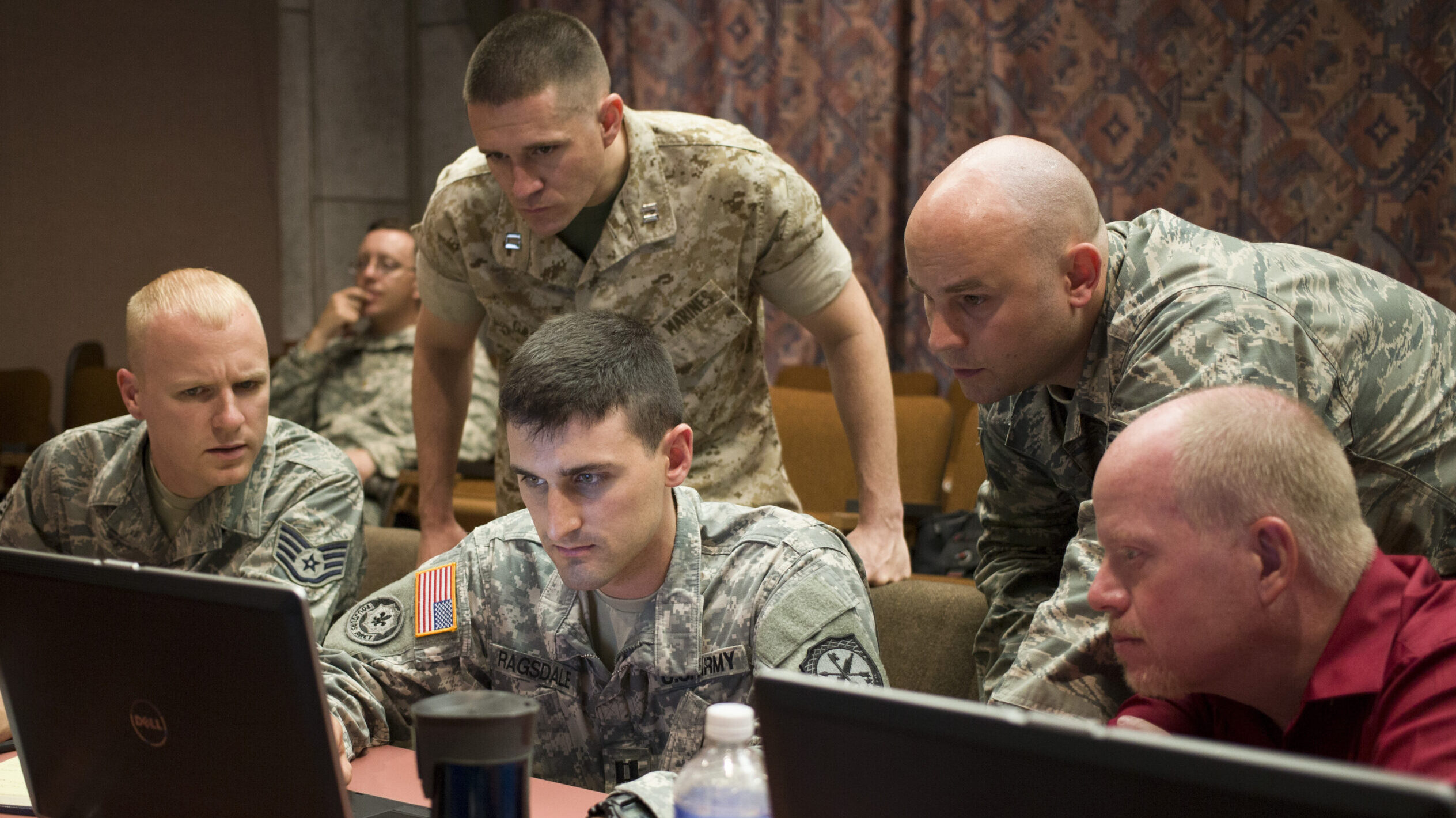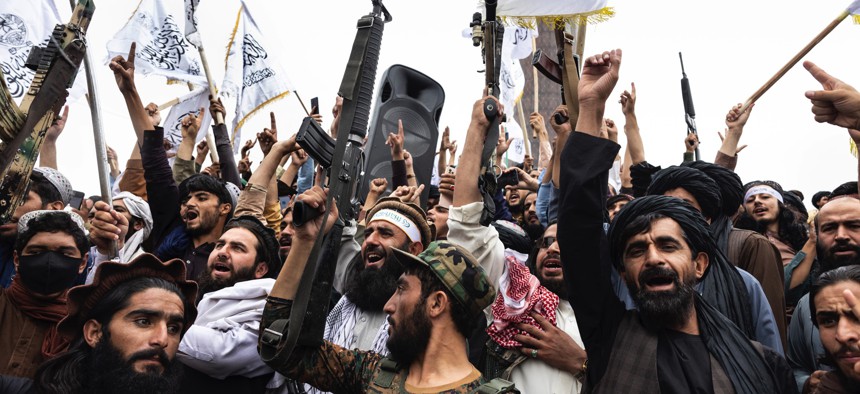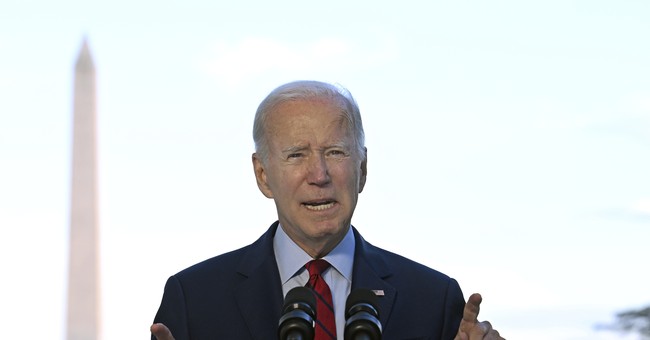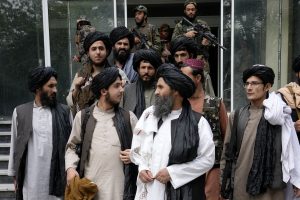Andrew E. Kramer

ZAPORIZHZHIA, Ukraine — They sneak down darkened alleys to set explosives. They identify Russian targets for Ukrainian artillery and long-range rockets provided by the United States. They blow up rail lines and assassinate officials they consider collaborators with the Russians.
Slipping back and forth across the front lines, the guerrilla fighters are known in Ukraine as partisans, and in recent weeks they have taken an ever more prominent role in the war, rattling Russian forces by helping deliver humiliating blows in occupied areas they thought were safe.
Increasingly, Ukraine is taking the fight against Russian forces into Russian-controlled areas, whether with elite military units, like the one credited on Tuesday with a huge explosion at a Russian ammunition depot in the occupied Crimean Peninsula, or an underground network of the guerrillas.
Last week, Ukrainian officials said, the partisans had a hand in a successful strike on a Russian air base, also in Crimea, which Moscow annexed eight years ago. It destroyed eight fighter jets.
“The goal is to show the occupiers that they are not at home, that they should not settle in, that they should not sleep comfortably,” said one guerrilla fighter, who spoke on condition that, for security reasons, he only be identified by his code name, Svarog, after a pagan Slavic god of fire.
In recent days the Ukrainian military made Svarog and several other of the operatives available for interviews in person or online, hoping to highlight the partisans’ widening threat to Russian forces and signal to Western donors that Ukraine is successfully rallying local resources in the war, now nearly six months old. A senior Ukrainian military official familiar with the program also described the workings of the resistance.
Their accounts of attacks could not be verified completely but aligned with reports in the Ukrainian media and with descriptions from Ukrainians who had recently fled Russian-occupied areas.
Svarog and I met over lemonade and cheese pastries at a Georgian restaurant in Zaporizhzhia, a city under Ukrainian control about 65 miles north of the occupied town of Melitopol.
He spoke with intimate knowledge of partisan activities, providing a rare glimpse into one of the most hidden aspects of the war.
The Ukrainian military began training partisans in the months before the invasion, as Russia massed troops near the borders. The effort has paid off in recent weeks as Ukrainian forces are pressing a counteroffensive in the south, although Russian forces, with far greater advantages in heavy weapons, still surround Ukraine from the east and north.
Ukrainian officials warned on Tuesday of the threat of a potential Russian attack from Belarus, noting a buildup of missile systems there, and said Russian forces were expending tens of thousands of rounds a day as they shelled hundreds of defensive positions in eastern and southern Ukraine.
With little movement of the front lines, insurgent activity is now intensifying, as the fighters strike stealthily in environs they know intimately, using car bombs, booby traps and targeted killings with pistols — and then blending into the local population.
Before the war, Svarog occasionally joined weekend training with Right Sector and National Corps, a branch of the Azov movement, both of which are aligned with paramilitary units in Ukraine. They were just two of dozens of organizations running military training for civilians throughout Ukraine during the eight-year war with Russian-backed separatists.
Svarog said he was among the trainees in these public programs. Behind the scenes, Ukraine’s Special Operations Forces were forming a more structured, and secret, program that included instruction on sabotage, explosives and stashing weapon caches in anticipation of Russia’s attack.
After the invasion, Svarog said, he was directed to a storage shed outside Melitopol, where he found slabs of high explosives, detonators, Kalashnikov rifles, a grenade launcher and two pistols equipped with silencers.
Melitopol, the southern Ukrainian town where Svarog operates, has since emerged as a center of the resistance. He recounted the careful casing of targets, followed by attacks.
By Saturday, partisans had struck with explosives seven days in a row, according to the town’s exiled mayor, Ivan Fedorov, who boasted of the achievement to Ukrainian media as part of the more public embrace of partisan operations by officials.
The attacks have been going on for several months. This spring, Svarog said, he and several members of the cell in Melitopol sneaked through the town at night to booby-trap a car in the parking lot of a Russian-controlled police station.
Carrying wire cutters, tape and fishing line, the fighters moved through courtyards and back alleys to avoid Russian checkpoints.







:quality(100):focal(2028x412:2038x422)/cloudfront-us-east-1.images.arcpublishing.com/thesummit/HVPY74JPQVHDLBPZUEMXKRNIIA.jpg)






